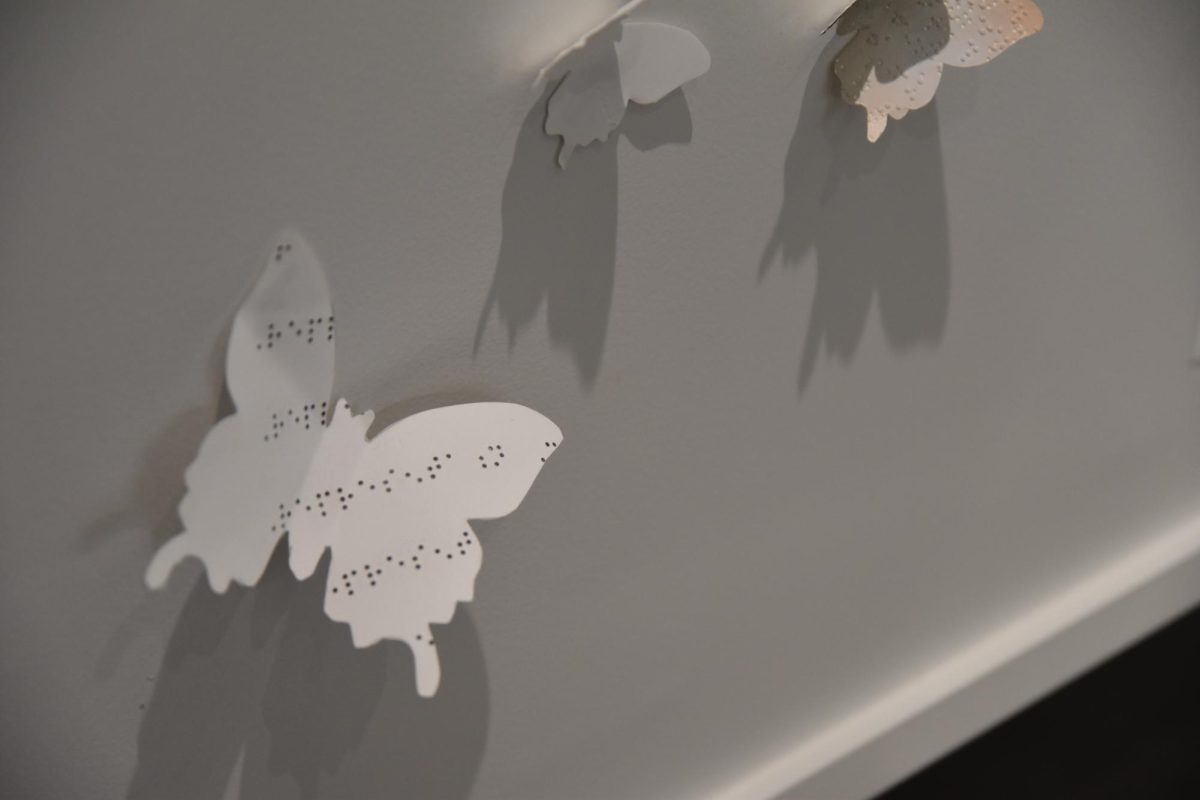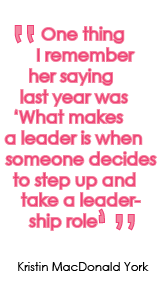Disabled: an inability to do some things to a certain extent. In the United States, treatment of disability has lacked, leaving many without support they need. In 1990, when Iowa Senator Tom Harkin passed the American Disability Act, it changed the environment in the United States; demanding that buildings were accessible to wheelchairs and other mobility aids. Now in 2024, many accessibility requirements are not being met and it leaves people who are disabled feeling left behind. The American disability act ensures all buildings in America are accessible to everyone. Some of these requirements are; elevators, door weights, parking spaces, ramps and more.
The Harkin Institute also provides support outside of the country, and for families struggling with different things, primarily finances. I sat down with Daniel Van Sant, the director of disability policy, and asked him a few questions about what they do at the institute and his role.
Q: What does your job entail?
A: “I’m one of the directors of disability policy here… it’s a wide variety of things, primarily disability employment… Sometimes its working with private companies or employers… recruiting disabled job seekers… figure out reasonable accommodations, retaining workers… Ensuring businesses are using the right phrasing or imaging for disability campaigns… Sometimes its businesses, big or small… sometimes universities who have questions about disabilities… architects or developers [about] the minimum, not where we are today with technology… sometimes it’s goverments… all around the idea of how do we create a work that allows any disabled person to access competitive integrated employment, I get to travel a lot for this job… we are hosting the Harkin Summet next week [December 18, 2024 – December 19, 2024] in Washington DC, no two days are the same,” Van Sant said.
Q: Why did you choose this career?
A: “I was born with a physical disability, I was born without hip sockets. My legs are permanently dislocated. Growing up with a disability forced me to have to be a self-advocate… you have to learn to advocate for yourself in a world that is often working against you… I realized that the skills I had made to advocate for myself were employable skills… what if I could make a career out of advocating for myself and other disabled people… There are so many other people with disabilities who probably need help advocating as well… I studied internation relations and politics and rhetoric, and ultimately went to law school… Syracuse University to study disability law… representing people with disabilities,” Van Sant said.
Van Sant began seeing patterns with those he was representing and shifted over to deal with the problem at the root, which brought him to the Harkin Institute to work in public policy.
Q: What is the Harkin SummIt?
A: “Conference on disability employment… we bring people together from all over the world. Government workers, businesses, self-advocate. it’s the idea that all three of those populations are needed to solve this. If the government are not listening to companies who are not listening to disabled people, you’re going to get solutions that don’t go anywhere,” Van Sant said.
Q: With the employment focus, how has jobs changed since COVID and the introduction of remote work?
A: “Obviously the COVID pandemic was a really awful thing especially for disabled people who are more likely to be immunocompromised, so I don’t want to say it was positive at all… but, it opened up opportunities for something we had been pushing for the inclusion of for years. For the last couple decades people have pushed for flexible work environment, or work from home to be a reasonable accommodation, and we were told pretty consistently ‘No, that’s not possible, people can’t work from home, you can either do this in the office or you’re not eligible for the job’ and then all of a sudden basically a ton of jobs that previously were only in office became work from home eligible… So in that way there was an increase in employment opportunities for people with disabilities to access the work place… unfortunately a lot of work places are trying to move back to a work in person policy… In my opinion, places that embrace work from home, will find themselves attracting greater talent and being more sought after,” Van Sant said
Q: Anything you want others to know?
A: “My broad answer is some of the biggest barriers for disabled people today are the attitude barriers of non-disabled people… today more than any point in our countries history, we have authors with disabilities, actors with disabilities and there are so many disabled people with have access to on TikTok and Instagram, social media, blogs, contributors, I wish more non-disabled people would consume that content, learn from disabled people and really break down these stereotypes and stigmas.” Van Sant said. Van Sant then added how everyone has different capabilities. “Watch the documentary ‘Crip Camp’ on Netflix or YouTube, read ‘Disability Visibility’ that was compiled and edited by Alice Wong or ‘Demystifying Disability’ by Emily Ladau… There are a lot of things that people don’t even know disabled people are subjected to… sub-minimum wage in the United States, a lot of people don’t or didn’t know before last week, disabled people in America can be paid below minimum wage.” Van Sant said.
Van Sant then elaborated on the financial struggle that disabled people deal with due to being disabled.
To stay up to date with what is going on with disability in America and more, follow The Harkin Institute on all social media platforms.







